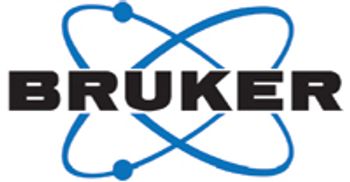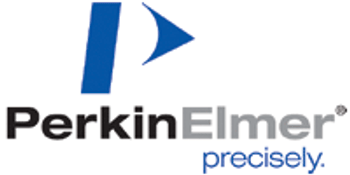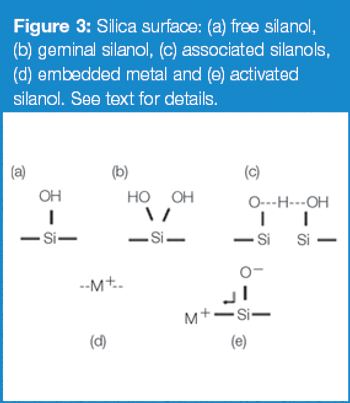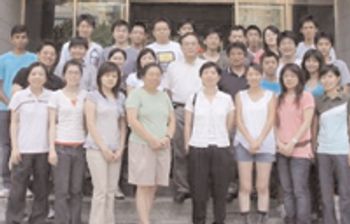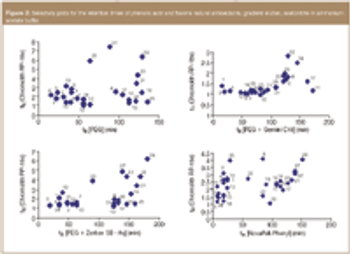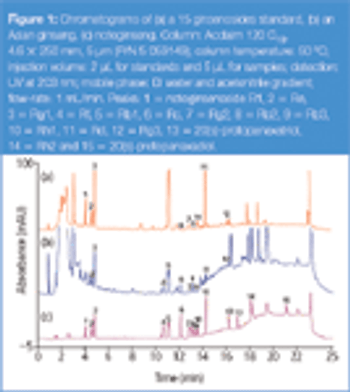
LCGC Asia Pacific
Multidimensional liquid chromatography (MDLC) techniques are essential for the separation of highly complex proteomic samples. Advantages of off-line MDLC techniques over on-line approaches include high flexibility in choice of column dimensions and mobile-phase compositions, and the ability to reanalyse sample fractions. Here we present a fully automated off-line two-dimensional chromatographic approach for the analysis of proteomic samples using an UltiMate 3000 system optimized for proteomics MDLC.


